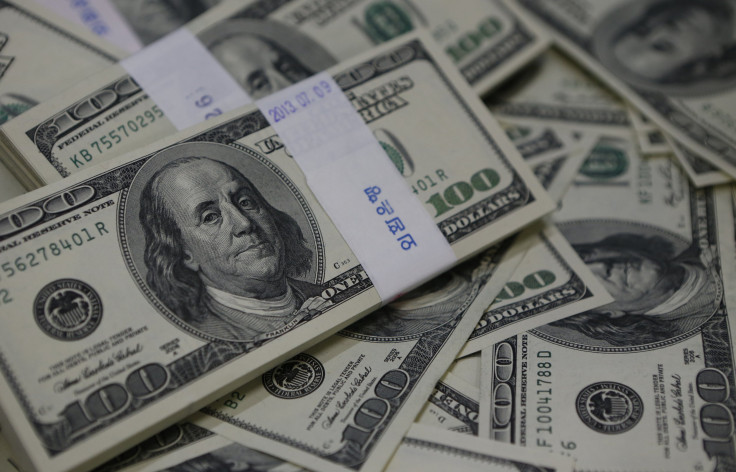Billionaires In The World: Getting Rich Is Easier In Asia And The United States

Asia mints a new billionaire every three days, according to the 2016 Billionaires Report released Thursday. In all, 113 Asian entrepreneurs became billionaires, making up more than half of the global total for 2015.
China accounted for 71 percent of Asia's new billionaires in 2015, up from 35 percent in 2009. In all, China added 80 billionaires, while the U.S. added 5 new billionaires. Outside China, Hong Kong and India had the highest number of new billionaires at 11 each, according to the report. The report, conducted by UBS and PricewaterhouseCoopers analyzed data covering 1,397 billionaires over the past two decades.
While China’s number of billionaires went up, rapid economic growth led to uncertainty in terms of overall wealth. “Billionaire wealth can be fleeting in China,” the report found. “Forty of the country’s tycoons lost billionaire status in the year as asset price volatility and government scrutiny undermined wealth.”
Almost half of China’s billionaires came from the technology, consumer and retail and real estate sectors. The average age was 53 years old.
Europe, home to 56 new billionaires, has a long history with multigenerational wealth. Most European billionaires inherited their wealth, which was almost unchanged from the previous year at $1.3 trillion. "Europe stands out as the home of multigenerational billionaires. While it may not be the best at creating great wealth, Europe has proved the best at keeping it," the report states.
While the U.S. has the most billionaires, growth was almost completely stagnant. The billionaire population grew by just 1 percent in 2015, to 538. While 41 Americans achieved billionaire status last year, 36 dropped out of the group, according to the report.
Billionaires in the U.S. are among the world's richest. The elite population holds 47 percent of the world's total billionaire wealth.
© Copyright IBTimes 2024. All rights reserved.






















